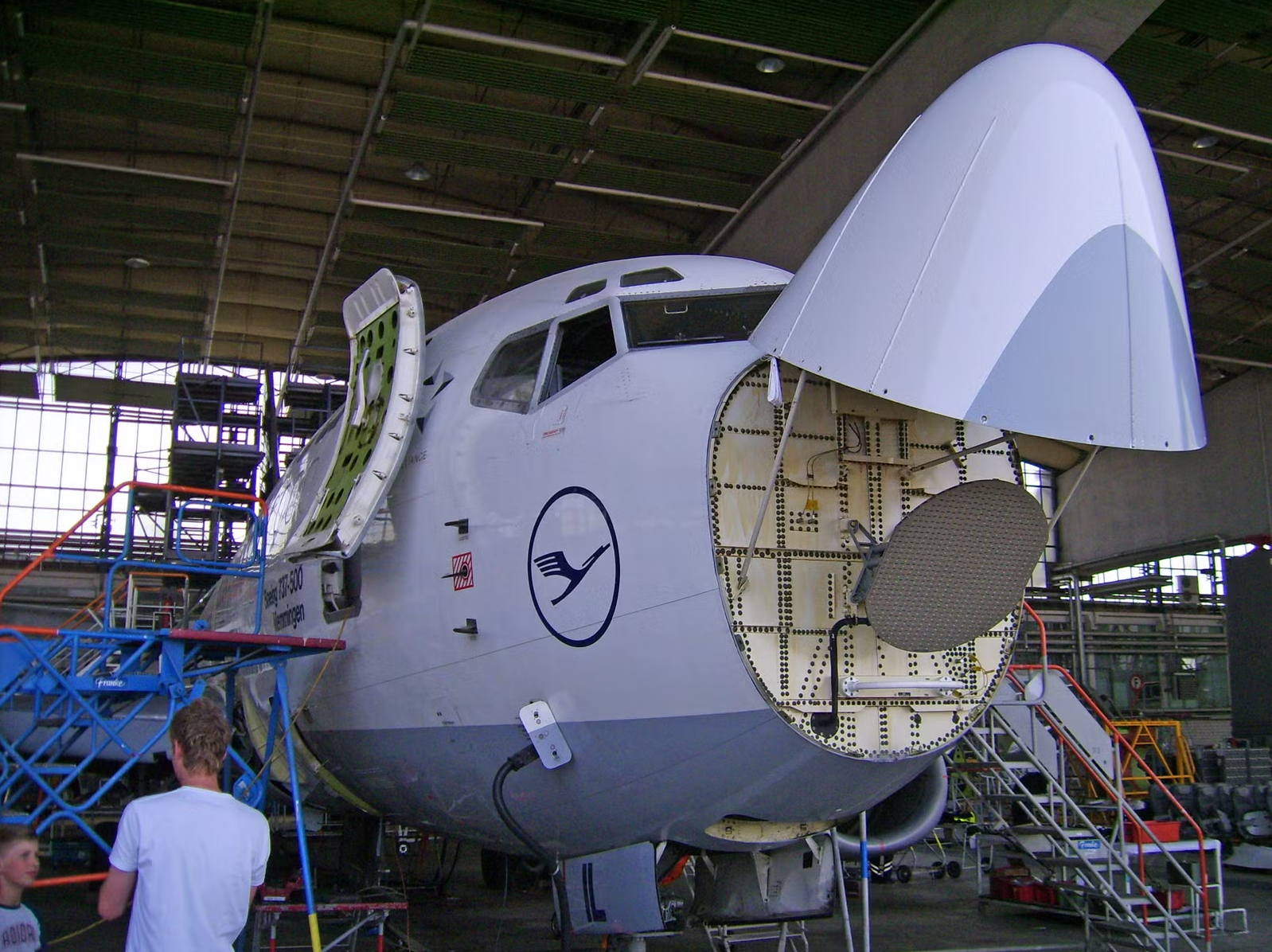Weather Radar
Jump to navigation
Jump to search

Weather radar for aviation evolved from military uses during World War II to its current role in enhancing aviation safety and forecasting. Initially, radar detected aircraft and other objects, but it soon became clear that it could also detect precipitation. The National Weather Service (NWS) and other organizations began using surplus radar systems to study weather patterns, leading to the development of dedicated weather radar systems.
YouTube Video(s)
Early Years and Military Use
- The concept of radar, or radio detection and ranging, emerged in the late 1800s.
- By World War II, radar was used by militaries worldwide to detect incoming aircraft.
- During the war, radar operators noticed echoes on their screens during periods of severe weather, later identified as precipitation.
- The NWS received surplus radars from the U.S. Navy in 1942, marking the beginning of a U.S. weather radar system.
Development of Weather Radar
- After World War II, surplus radars were repurposed for weather surveillance, with the NWS and other organizations using them to study precipitation.
- The Civil Aeronautics Association (CAA) began using radar in control towers for civil flights in 1946, laying the foundation for modern air traffic control.
- The 1950s saw the expansion of military weather radar capabilities and the development of weather warning networks.
- The first dedicated weather radar, the AN/CPS-9, was developed in the 1950s.
- The WSR-57, a second-generation weather radar, was implemented in 1977 and improved weather prediction capabilities.
- The WSR-74 followed in the 1970s, replacing some WSR-57s and filling gaps in the radar network.
- In the early 1990s, the NEXRAD (Next Generation Weather Radar) system, using WSR-88D technology, was implemented, offering advanced features like Doppler capability and improved echo detection.
Airborne Weather Radar
- Bendix Avionics introduced the first commercial airborne weather radar, the RDR-1, in 1956.
- Airborne weather radar allowed pilots to detect and avoid hazardous weather conditions, improving aviation safety.
- Over the years, airborne radar technology has advanced, with the development of more advanced features like wind shear detection and improved display capabilities.
Current Use
- Today, weather radar plays a crucial role in aviation, providing pilots and air traffic controllers with real-time information about precipitation, severe weather, and other hazardous conditions.
- The information from weather radar is used in conjunction with other aviation weather forecasts and warnings to ensure safe and efficient flight operations.
